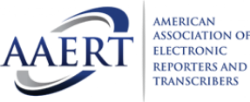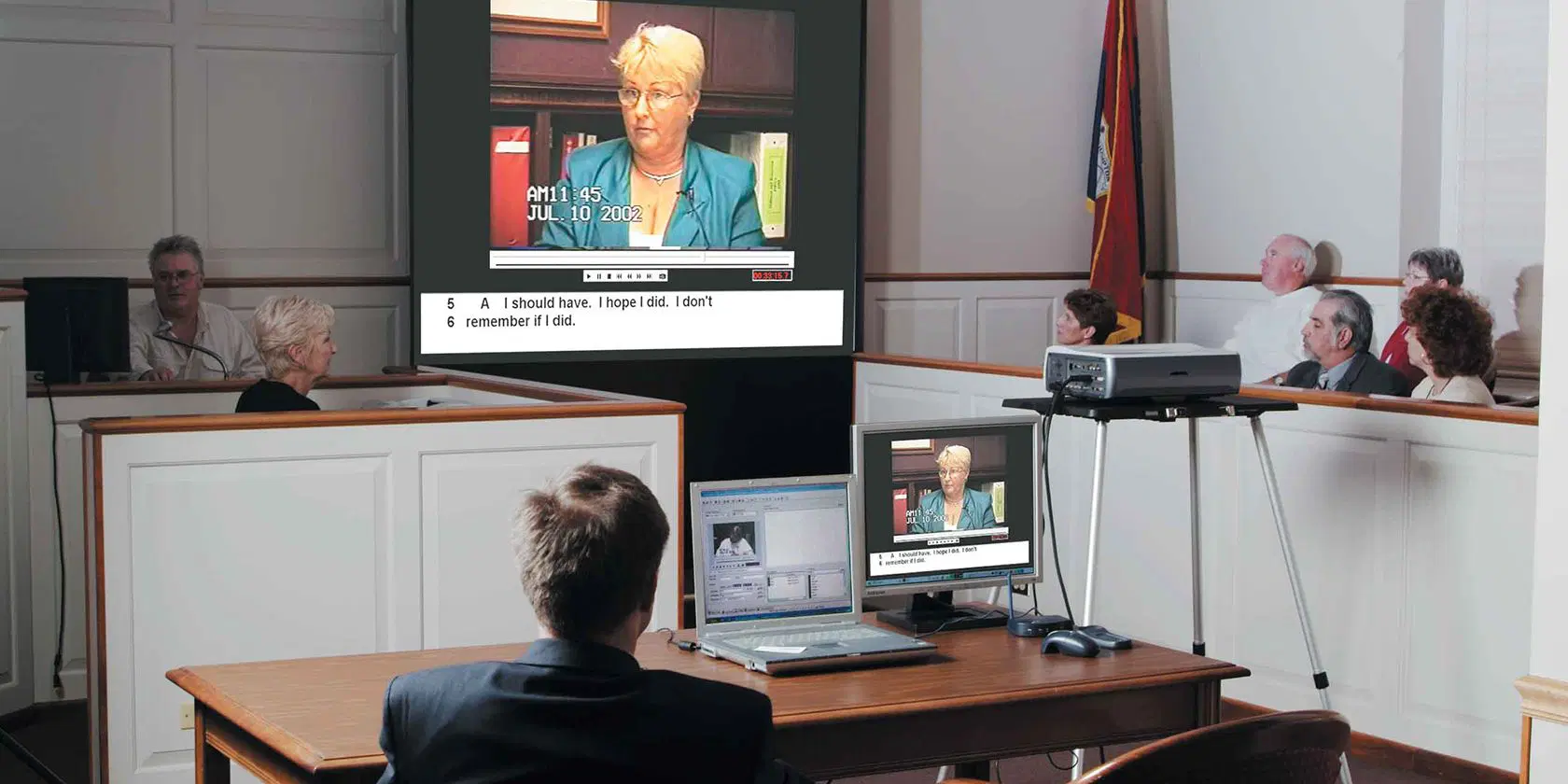The Impact of Well-Organized Trial Presentations on Jury Deliberations
The Impact of Well-Organized Trial Presentations on Jury Deliberations
Blog Article
The Power of Visuals in Trial Presentations for a Winning Disagreement
The combination of visuals in trial presentations has emerged as a vital element in successfully interacting complicated disagreements to jurors. By using different forms of visual aids-- be it diagrams, photographs, or computer animations-- lawyers can boost understanding and retention, inevitably forming the jury's understanding of the case.
Significance of Visuals in Trials
In many lawful setups, visuals play a vital function in improving the effectiveness of trial discussions. The assimilation of visual elements can significantly influence jurors' understanding and retention of intricate info, thus shaping their assumptions and choices. Visuals, such as charts, diagrams, and pictures, can streamline elaborate stories, making them a lot more easily accessible and compelling.
Moreover, the human mind processes aesthetic info much more successfully than message, which underscores the relevance of integrating visuals into lawful arguments. By converting dense legal ideas into aesthetic formats, lawyers can help with more clear communication, ensuring that bottom lines are not forgotten during tests.
Additionally, visuals offer to engage jurors on a psychological level, promoting a connection to the situation that words alone might stop working to attain. The tactical use visuals can evoke compassion, prompting jurors to think about the human facets of the situation.
Inevitably, the significance of visuals in tests hinges on their capability to boost clarity, enhance juror involvement, and enhance the narrative existing. This potent combination is necessary for crafting influential debates that reverberate with jurors and affect the result of lawful process.
Types of Visuals to Utilize
Reliable trial presentations can substantially benefit from a range of aesthetic devices that accommodate different elements of the instance. trial presentations. Making use of diagrams and charts can successfully damage down complex information, making it much more absorbable for jurors. Flowcharts can illustrate the sequence of events, while bar graphs may succinctly compare appropriate information factors.

Animations and simulations can also play a vital duty, particularly in instances entailing technical data or detailed scenarios. These visuals can dynamically represent procedures or activities, providing clearness and interaction that fixed images may not accomplish.
In addition, infographics incorporate message and visuals to sum up essential information efficiently. They can provide timelines, stats, and considerable situation points in a visually appealing manner, making it simpler for jurors to follow the argument.
Enhancing Comprehension and Retention

Enhancing understanding and retention during trial discussions is critical for making certain that jurors realize the necessary aspects of a case. Visual help serve as powerful devices hereof, translating complex details into easily absorbable styles. By utilizing graphes, representations, and infographics, attorneys can streamline complex data and emphasize bottom lines that might otherwise be forgotten.
Research studies have revealed that individuals preserve info considerably much better when it exists aesthetically. This is especially relevant in a test setting, where jurors might be overwhelmed by the quantity of evidence and testament. By tactically including visuals, attorneys can route jurors' interest to one of the most vital facets of the situation, enhancing their understanding and memory of the material offered.

Developing Engaging Discussions
Fascinating jurors' focus during test presentations is crucial for communicating an engaging narrative. Involving presentations utilize visual components to produce a remarkable experience that resonates with jurors. The calculated use of graphics, computer animations, and video clips can elucidate intricate info, making it a lot more obtainable and relatable.

In addition, news integrating storytelling methods can enhance involvement. Presenting proof in a rational series that develops psychological charm permits jurors to link with the product on a personal degree. Varying discussion formats, such as including short video or interactive elements, can likewise receive rate of interest and focus throughout the trial.
Inevitably, an appealing discussion fosters a much more profound understanding of the case, making it possible for jurors to better appreciate the debates being presented and causing a more beneficial end result.
Case Researches and Success Stories
Many study highlight the considerable influence of visuals in trial presentations, showing their capacity to influence juror perceptions and eventually the end results of instances. For instance, a significant instance entailing a personal injury claim showed just how making use of a 3D animation of the accident scene cleared up complicated information. Jurors reported really feeling even more enlightened and understanding, dramatically guiding their choice in support of the complainant.
In an additional circumstances, a company lawsuits instance made use of infographics to existing monetary information and timelines, making complex info easily accessible. The graph allowed jurors to understand the nuances of the case more effectively than official site spoken descriptions alone. trial presentations. As an outcome, the jury returned a verdict that exceeded the customer's assumptions
The engaging visuals not only helped in developing question yet likewise resonated mentally with jurors, leading to an acquittal. These success tales underscore the need of integrating visuals right into trial discussions, as they enhance understanding, retention, and inevitably, the convincing power of lawful debates.
Verdict
In final thought, the strategic consolidation of visuals in trial presentations significantly improves jurors' understanding and retention of complex details. By utilizing different sorts of visuals, attorneys can properly clarify crucial points and foster emotional connections with the audience. Engaging presentations, supported by engaging study, demonstrate the extensive effect that visuals can have on convincing interaction. Ultimately, the power of visuals serves as a crucial aspect in attaining beneficial trial end results.
Report this page